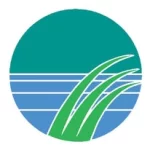A decade ago, a group of volunteers began an ambitious project: transform a field overgrown with invasive reed canary grass into a wetland able to support wildlife. Today, Haliburton Wetland in Saanich, BC, stands as a fantastic example of how people and nature can co-exist.
Last week, Dr. Purnima Govindarajulu gave HCTF staff members Karen Barry, Jade Neilson and Courtney Sieben a tour of the wetland located at Haliburton Community Organic Farm. Although it took some time for the constructed wetland to look natural, it is now fully functioning and has become home to a variety of wildlife species such as tree frogs, long-toed salamanders, and birds.
Over the years, HCTF has provided a total of $24,600 from the Enhancement and Restoration granting stream and from the Public Conservation Assistance Fund (PCAF) for this project. It’s great to see that this project is continuing to make a difference for wildlife species ten years on! You can read more about the Haliburton Wetland in the following HCTF project profile.
Background
The property is a former reservoir site for Saanich under the ALR. In 2001, the property was slated for a housing development but Saanich stepped in to purchase the land and lease it to the Haliburton Community Organic Farm Society. It is now run as a community farm and several producers grow food for consumption, plus there is a native plant nursery on site. The wetland was created in an adjacent area that was formally dominated by grasses.
HCTF provided $10,000 for wetland restoration and creation of a demonstration project, and later $5000 seed funding. More recently, the project received $9,600 from PCAF for tools, native plants, construction of watershed models and stream restoration expertise.
To see a video of the wetland construction (17 min), see https://haliburtonfarm.org/biodiversity/
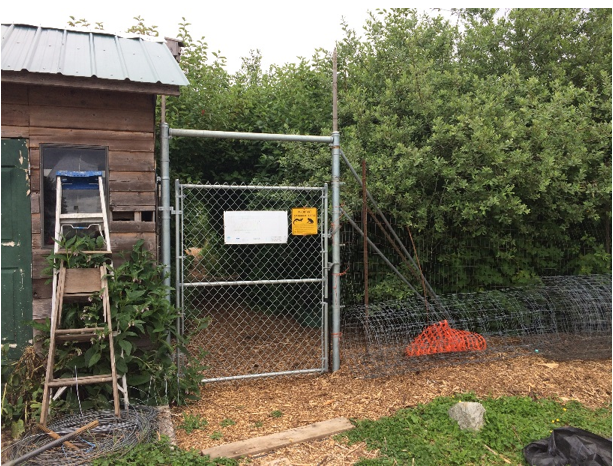
Entrance to the wetland site
Enhancement and Restoration Activities
The wetland site was overgrown with reed canary grass so early efforts focused on installing mats and removing the grass and other non-native species. Experts were called in to assist with designing the wetland. It took a few years for the constructed wetland to look natural.

Pond liner laid down to smother reed canary grass
Now that the wetland is functioning, tree frogs and long-toed salamanders have moved in, as well as wetland birds (herons, red-winged black birds). Other enhancement activities include installing bird nest boxes and maternal bat houses. Chickadees, Violet-green swallows, and Bewicks wrens have nested in the boxes, but the bat boxes have not been used yet.
Monitoring activities are conducted regularly and include checking bird boxes, minnow trapping the wetland, and checking wood structures and pit fall traps for amphibians.
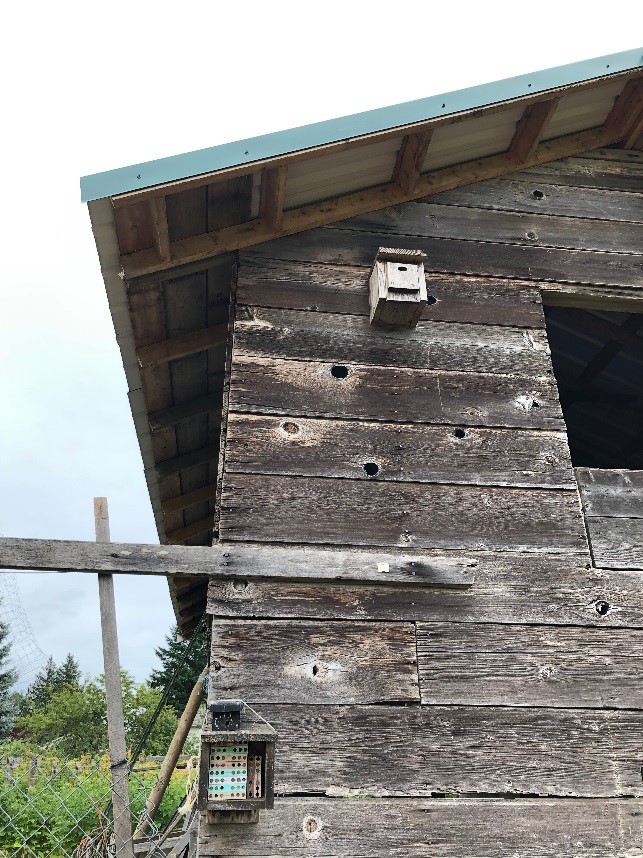
Bird box and mason bee box
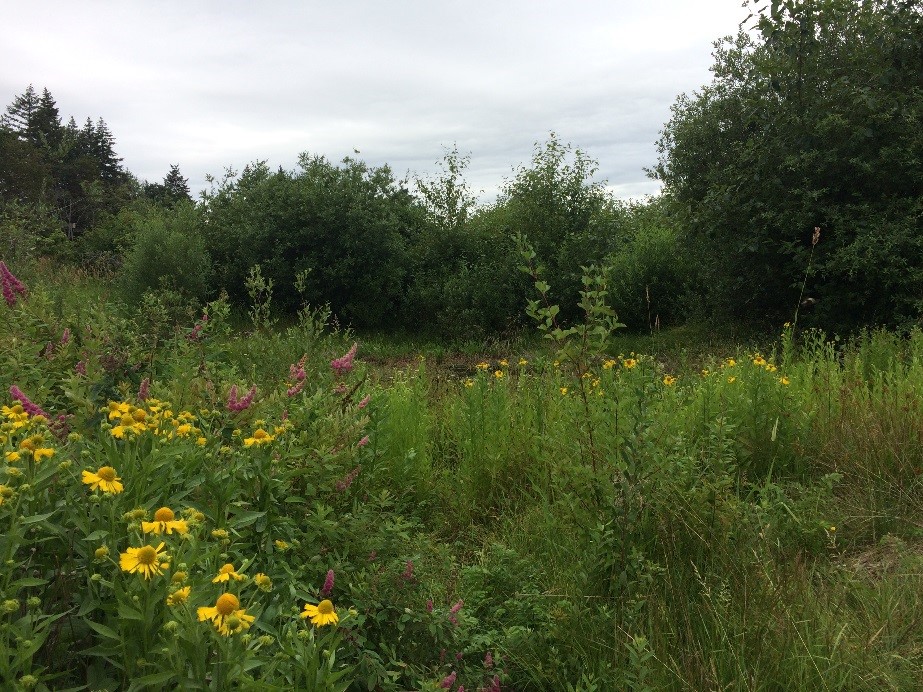
Wetland and replanted area

Wooden cover boards used as an active trap for salamanders
Challenges
The restored area will require ongoing maintenance. In other words, it’s not possible to leave it and “let nature take its course”. In particular, removal of invasive plants is a significant challenge (morning glory, thistles, reed canary grass, etc.). The group has limited capacity for conducting detailed monitoring, so there is a desire to have more student groups, graduate students, and volunteers involved.
Another concern is the high number of non-native European wall lizards. With the increase in these lizards, there seems to be a decline in crickets at the site and it’s possible these lizards are eating many native insects.
Future plans
- To create more riparian area in order to provide suitable habitat for red-legged frogs.
- To create another series of small vernal ponds.
- To increase the involvement of students and initiate an ongoing education program linked to school curriculum.
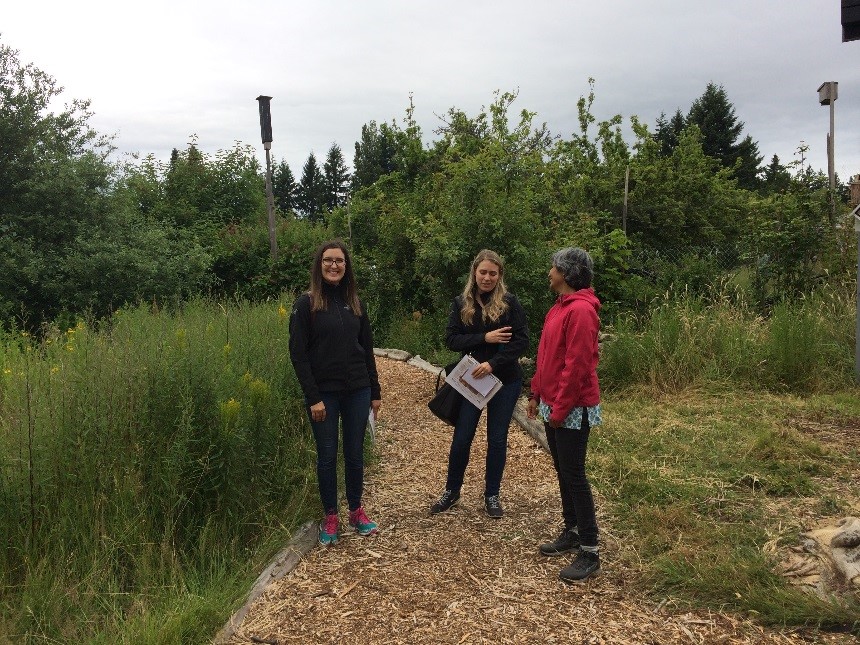
Purnima with Jade and Courtney


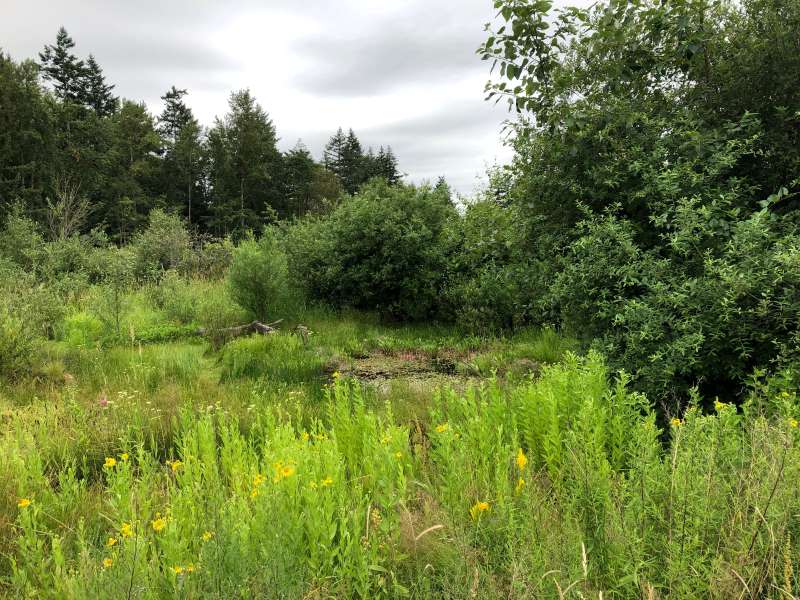
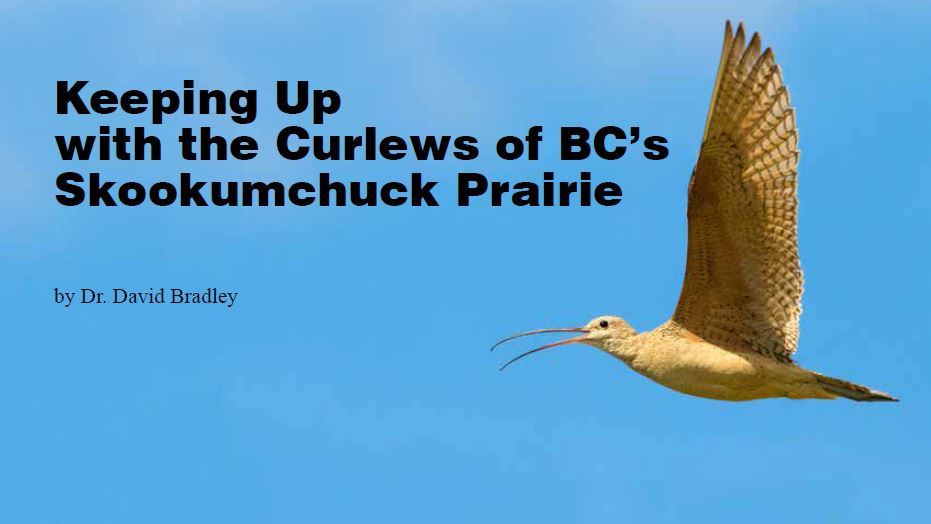

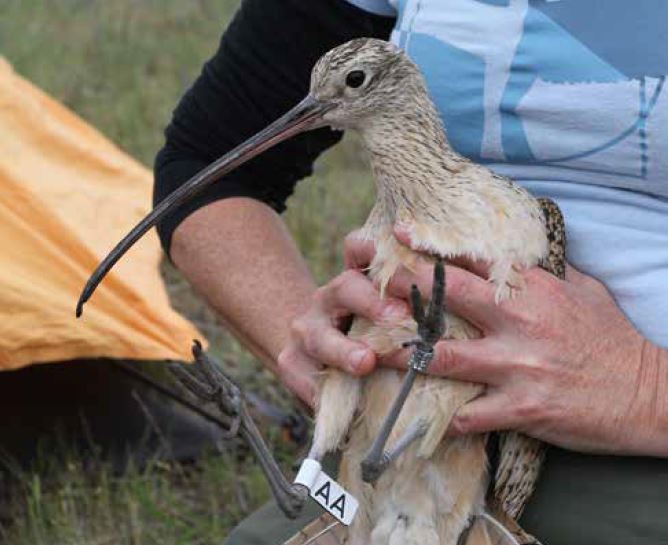
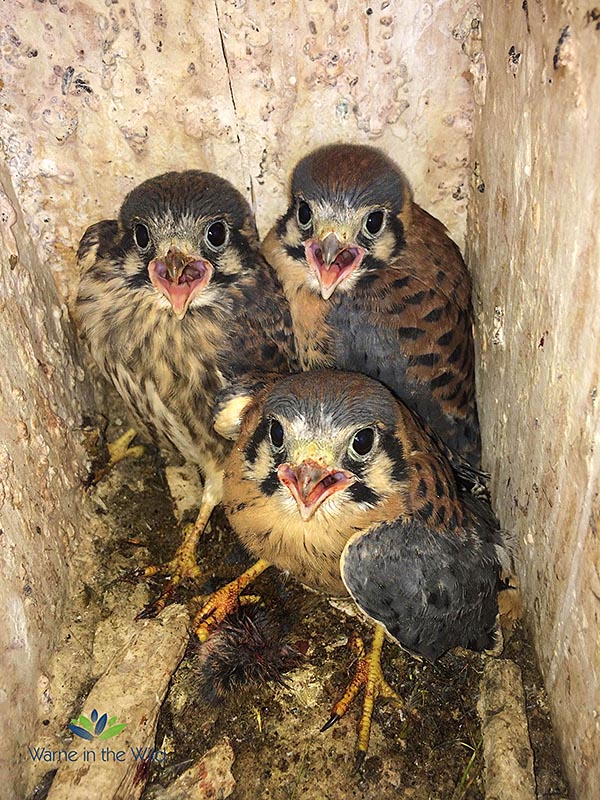
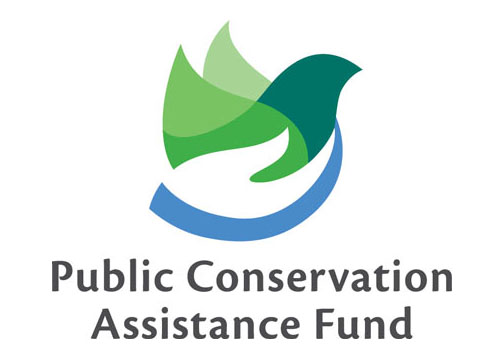
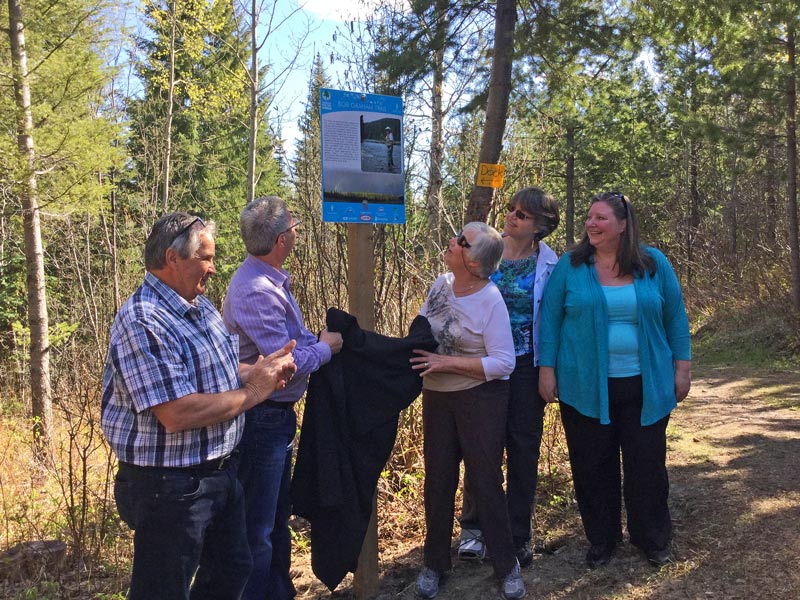
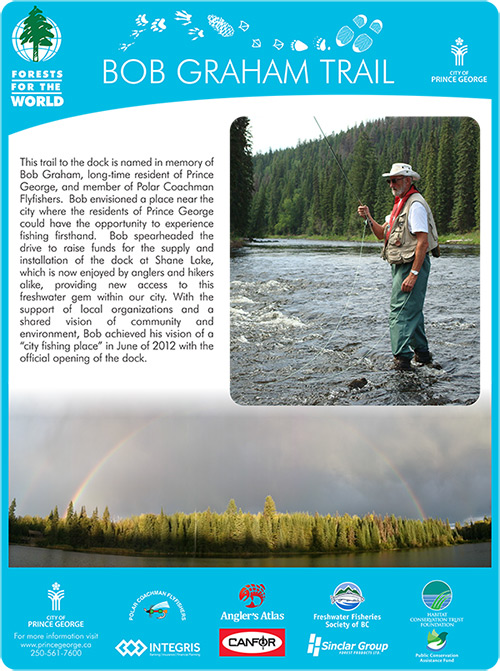 On May 8th, Prince George officials and community members gathered together with family & friends of the late Bob Graham to celebrate the naming of a new trail in his honour. The Bob Graham Trail is situated within Prince George’s Forests of the World park. The trail provides access to the fishing dock on Shane Lake, installed in 2012 as part of a
On May 8th, Prince George officials and community members gathered together with family & friends of the late Bob Graham to celebrate the naming of a new trail in his honour. The Bob Graham Trail is situated within Prince George’s Forests of the World park. The trail provides access to the fishing dock on Shane Lake, installed in 2012 as part of a 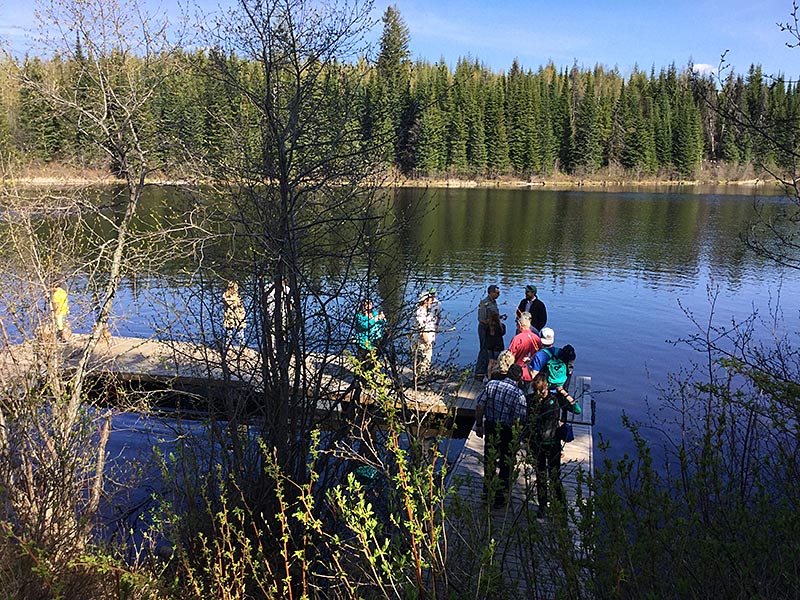
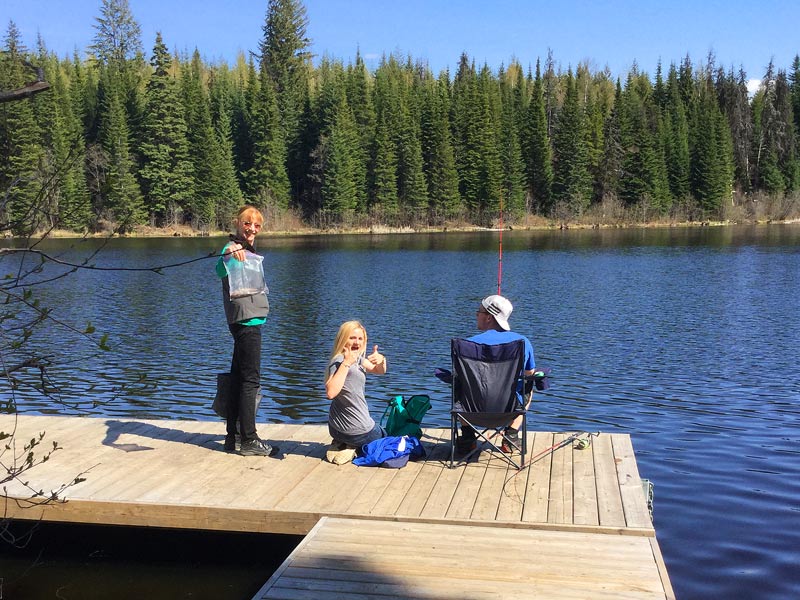
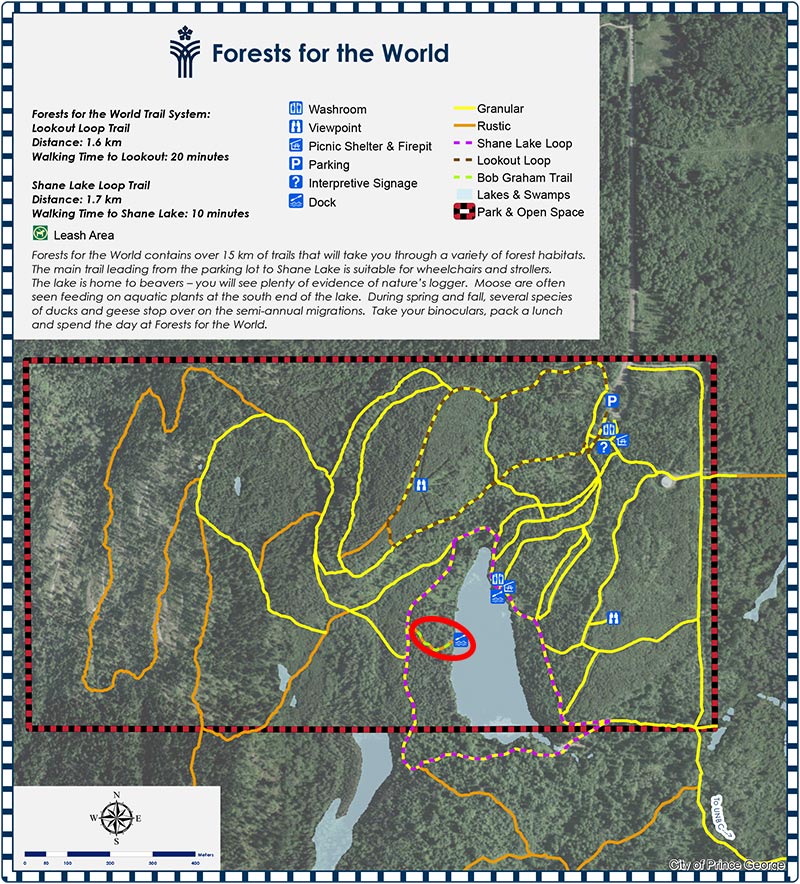

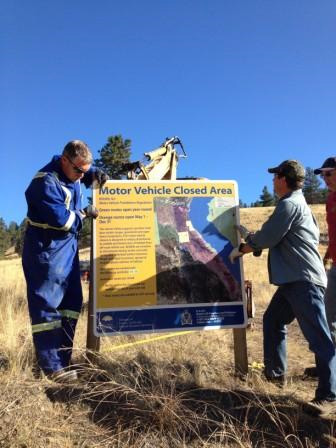 “The success of our last PCAF project has inspired all of us, the sportsmen’s club, the conservation partnership and the provincial government to keep working together for habitat recovery in the Garnet”, said Bryn White, SOSCP Program Manager. In 2012, HCTF’s PCAF program supported an application from the groups to fence one of the last wetlands in the valley called Ritchie Lake that had been significantly degraded by mud-bogging off road vehicles and cattle. In one year after the wildlife-friendly fence was built, the dry rutted area was unrecognizable. In its place was a beautiful and lush wetland complete with reeds, dragonflies and ducks. This year, the group took some time to sit and have lunch at Ritchie Lake to enjoy the view. It wasn’t long before talk of another damaged wetland area seen in the north end of Garnet Valley came up that would benefit from excluding cattle and mud-bogging off road vehicles. McLachlan Lake looks very similar to Ritchie Lake – pre-fence. It is holding water for the first time in a number of years, and would be a perfect joint project given its location between the Summerland and Peachland Sportsmen’s Club. Stay tuned to hear how they tackle this one.
“The success of our last PCAF project has inspired all of us, the sportsmen’s club, the conservation partnership and the provincial government to keep working together for habitat recovery in the Garnet”, said Bryn White, SOSCP Program Manager. In 2012, HCTF’s PCAF program supported an application from the groups to fence one of the last wetlands in the valley called Ritchie Lake that had been significantly degraded by mud-bogging off road vehicles and cattle. In one year after the wildlife-friendly fence was built, the dry rutted area was unrecognizable. In its place was a beautiful and lush wetland complete with reeds, dragonflies and ducks. This year, the group took some time to sit and have lunch at Ritchie Lake to enjoy the view. It wasn’t long before talk of another damaged wetland area seen in the north end of Garnet Valley came up that would benefit from excluding cattle and mud-bogging off road vehicles. McLachlan Lake looks very similar to Ritchie Lake – pre-fence. It is holding water for the first time in a number of years, and would be a perfect joint project given its location between the Summerland and Peachland Sportsmen’s Club. Stay tuned to hear how they tackle this one.